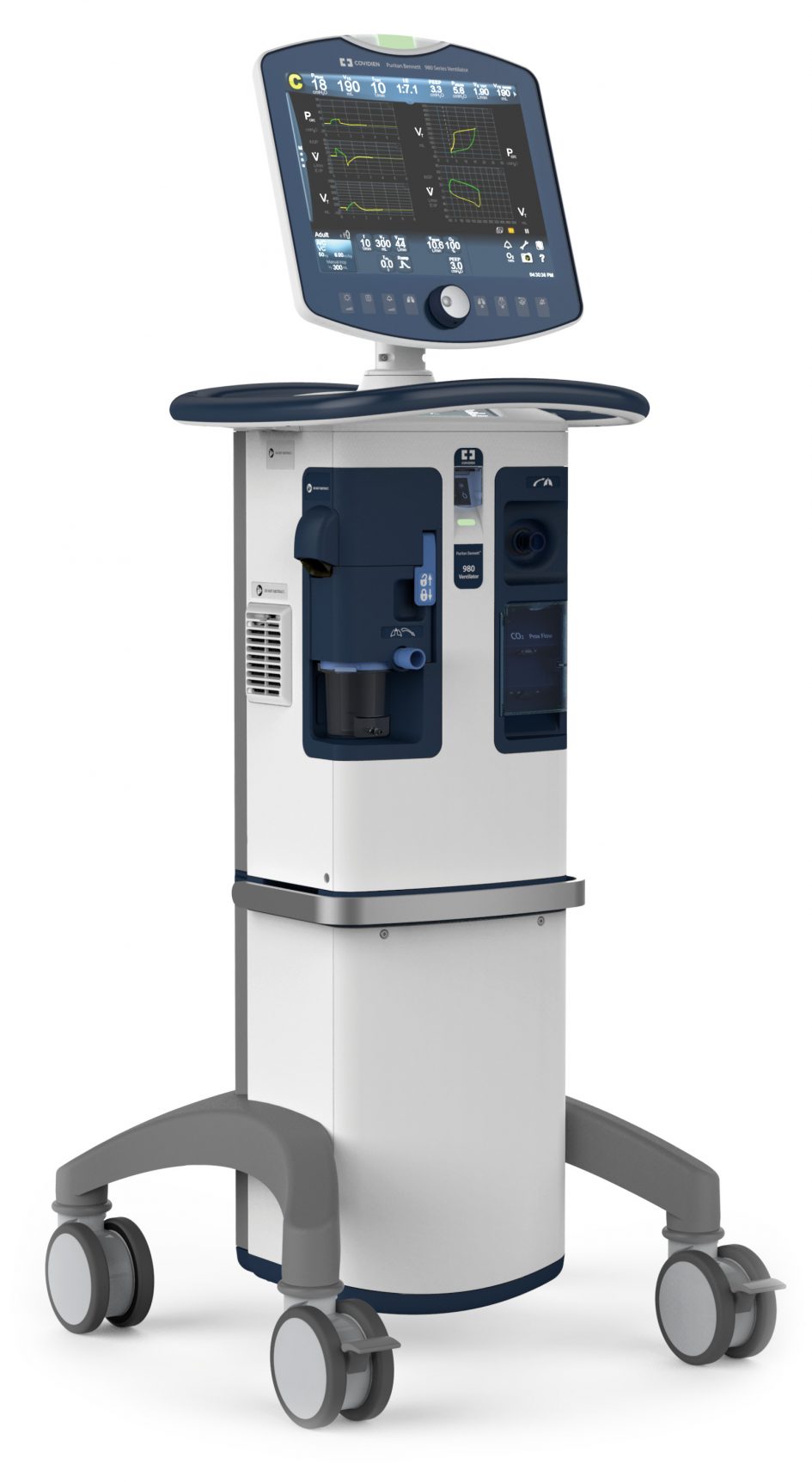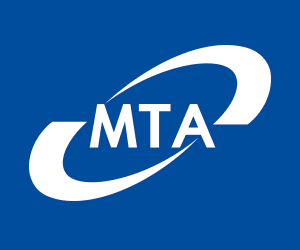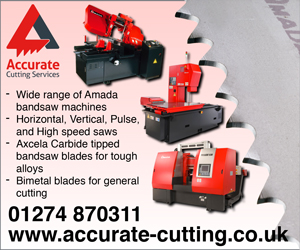A contractor to the medical industry suddenly saw its order for Intensive Care ventilator components leap from 4,000 a week to over 18,000. And that increase in production looks like continuing into early 2021.
Custom enclosure and hardware specialists, Bolger Engineering, have been manufacturing high quality assemblies and fabrications as a trusted partner to their OEM customer base for over 40 years. They provide end-to-end solutions, including full contract manufacturing and supply chain services across multiple verticals.
At the start of the coronavirus pandemic, they were contacted by their long-standing medical customer, Medtronic – the global leader for ICU ventilators. They were already manufacturing components for Medtronic’s Puritan Bennett PB 980 and Puritan Bennett PB 840 high performance ventilators at their purpose-built facility in Shannon, Ireland. The ventilators are primarily for critically ill patients requiring high intensive care. Due to the spread of COVID-19, demand jumped to unprecedented levels, and Medtronic needed to produce 500 units a week, instead of 100…which meant Bolgers needed to ramp up their production of individual parts.
Sales Manager, Paul Collins, explains they quickly identified ways of adapting to increase manufacturing capacity, including bringing in 35 more people and implementing new shift patterns to move to a 24/5 operating model. He says it also became clear that their RADAN CAD/CAM software from Hexagon Manufacturing Intelligence would be a key enabler to manage what he describes as a ‘major leap.’
“The design of the ventilators and individual parts didn’t change – but the challenge was to increase production by more than 500 per cent. We’re expecting to see this same demand continue into early 2021. And if there’s another surge at any time, demand may increase again, so it’s extremely difficult to say when things will return to normal.
“We use RADAN to program both our Trumpf punching machines and Trumpf laser cutter, so with over 18,000 components a week to produce for these ventilators alone, we knew the material utilisation and program optimisation was going to be crucial to meet such a significant demand.
“Our programmers typically take a 3D model or DXF drawing and import it into RADAN to tool the part for either the punch or laser machines, depending on material thickness and complexity of the profile. They then nest and program the machine where RADAN gives the best sheet utilisation. This is hugely important, as more often than not, material is the largest percentage of a job’s costs. So, optimising the cost here helps us be market-competitive.”
Radan software allows the user to optimise manufacturing nests, it also enables components to be profiled within extremely tight tolerances of +/- 0.2 mm. “That is very important as some components have 14 bends per part and we can very quickly see a high stack of tolerances when everything comes together at the assembly stage. This all has to be accurately produced on the machine through laser or punching.” While RADAN is used to calculate the bend allowances, their LVD press brakes are programmed at the machine using the proprietary software.
Bolger Engineering’s ability to adapt quickly to meet the crisis was praised by their local business group, Shannon Chamber. CEO Helen Downes says: “To see the company ramping up its activities to play its part in providing a much-needed medical device so vital to patients’ recovery from COVID-19, is exceptional. Bolgers’ ability to respond so swiftly to this need demonstrates the value of being able to expand production lines. Well done to all the team.”
Before COVID, a significant portion of the business was medical-related – the rest being products for building and construction, electrical cabinets and enclosures, and power generation industries.
“We also helped support one of our long standing customers in the food and beverage sector with a Covid-19 related product who were looking for a hands free solution for their hot water delivery systems. They approached us with a concept drawing on 12th June and we quickly clicked into action to produce a prototype within 72 hours. Once approved an order for 1000 units was immediately placed for delivery on the 24th June to facilitate both the opening of Irelands hotels, restaurants and cafés on June 29th along with the same openings in the UK on July 4th. That was an extremely fast turnaround from concept to prototype approval to full production – all within a two-week window. Again Radan was a key enabler here.”





